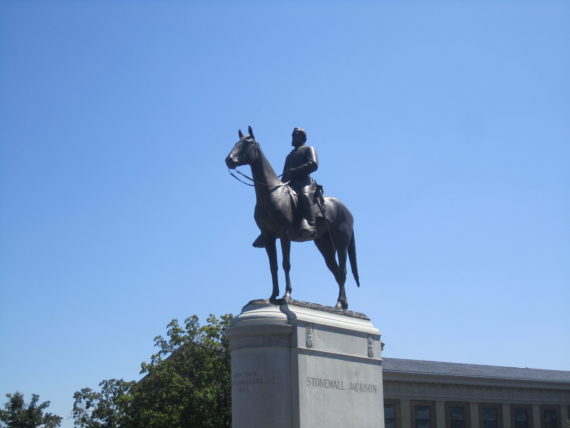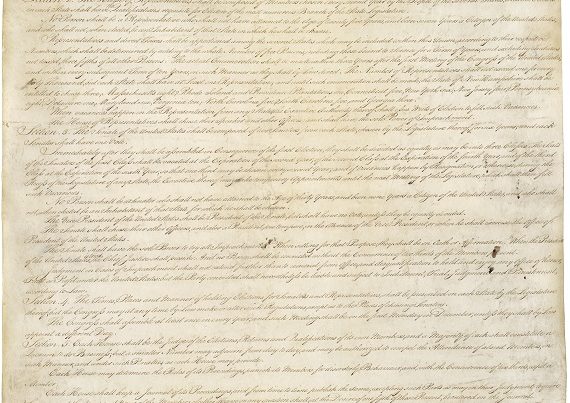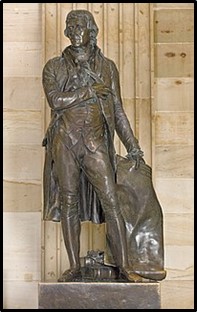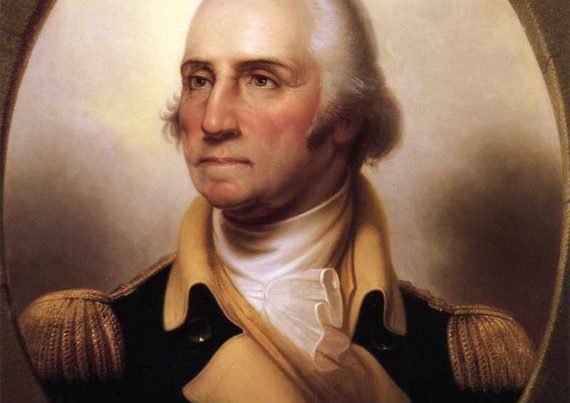
Does anyone remember United States Congressman Jesse L. Jackson, Jr.? I mean, for something other than being the son of The Reverend Jesse L. Jackson, Sr. and for being sentenced to 30 months in jail for violating federal campaign finance laws.
Well, I do. It was Jackson, Jr who, in 1999, amended an appropriation bill for the Department of Interior. The language in his amendment required that the National Park Service (NPS) include mention of the ”unique role that slavery played in the cause of the (civil) war” in all their Battlefield Park presentations. Jackson’s amendment reasoned that the NPS battlefield tours were long on battle history, but short on the history of the cause of the war. He also concluded that African-American attendance at the Parks was sparse because the history made them feel uncomfortable. But, alas, there is no constitutional right to feel comfortable.
With the passage of this amended bill, the United States Government opened a historical Pandora’s Box and inserted itself into the arena of revisionism. The NPS initiated a program at their Battlefield Parks that presented the war as a fight to end slavery rather than a war between two regions of the country that were hotly divided politically and economically. By mandating their personnel promote slavery as the reason for the war, the NPS ignored a century and a half of irrefutable historical facts to the contrary.
It is well documented that the seeds for the War Between the States were sown in the 1820’s and 1830’s when Northern industrial capitalism began disrupting Southern agricultural capitalism through the imposition of discriminatory taxes and tariffs. A series of tariffs on imported goods almost led to Southern secession, and war, after the Tariff of Abomination was passed in 1828 followed by the Force Bill in 1833. Other tariffs ensued and little, or none, of the revenue generated by these tariffs ever returned to the South in the form of investment or infrastructure. By late 1860 the South had enough and South Carolina led the secession movement.
In his March 4, 1861 Inaugural Address, President Abraham Lincoln expressly declared that he proposed no interference with slavery in the States. Two days earlier, the Corwin Amendment was put forward to change the United States Constitution so as to shield “domestic institutions” in the states from any further constitutional amendment process and from abolition or interference by Congress. Although the Corwin Amendment did not explicitly mention slavery, it was designed to protect slavery from federal power. Congress proposed the Corwin Amendment on March 2, 1861, but it was not ratified by the requisite number of states because of the outbreak of the war. If slavery was the sole cause of the war, why didn’t the Northern Congress pass a constitutional amendment to abolish slavery instead of one that would protect it forever.
Four days after the first major battle of the War Between the States, the Union Congress enacted a resolution on July 25, 1861, known as the War Aims Act. It declared that the War would be fought by the North only to preserve the Union and not to abolish the South’s “peculiar institution” of slavery. Therefore, Lincoln’s own words and the actions of his government confirm slavery was not the cause of the war.
Two years after the war started, Lincoln issued his 1863 Emancipation Proclamation to announce the freeing of slaves in Union occupied areas of the South. This was a war measure designed to cause panic in the ranks of the Confederate soldiers hoping they would desert and return to their homes and farms fearing a slave rebellion. The Confederacy was not subject to Union law, a slave rebellion never materialized, and the Proclamation freed very few slaves.
Considering the foregoing, it should have been historically difficult for the NPS to proclaim that it was slavery that divided the North and South and caused a war. Nevertheless, the NPS took that position and promoted a misguided storyline whereby the North equaled good and the South equaled bad despite the fact slavery had legally existed in both regions of the country for almost 200 years by the time of the war.
To avoid potential budgetary conflicts, the NPS quickly moved forward with Jackson’s strong arm plan to revise the Battlefield Parks’ history lessons. Afterward, many social justice groups started their own versions of the “North/good—South/bad” narrative. Before long, all things Southern (in general) and all things Confederate (in particular) were attacked as racist and offensive symbols, or “reminders” of slavery. Monuments were vandalized or taken down, artwork removed, streets renamed, and some groups even suggested that certain cities be renamed. History and facts aside, the social justice warriors (SJW) forged ahead with their campaign to expunge these “reminders.” However, the reality is that one must actually experience something in order to be reminded of it and, obviously, none of today’s SJW have ever experienced slavery.
These symbols are lifeless objects that have no ability to offend or remind. People must be taught what to think about them. Through their constant moral posturing, SJW are instructing their followers how to interpret these symbols This trend continues today and is a growing social justice cancer that has now morphed into “presentism” whereby historic events of the past are deceitfully judged by current social ideologies.
In the two short decades since Jackson engineered the federal government’s foray into historical revisionism, social justice warriors have intensified their shameless politically correct efforts to transform our past and eradicate Southern history. As 18th century British statesman and philosopher Edmund Burke said: “All that is necessary for the triumph of evil is that good men do nothing.” It is long past time to push back, resist those efforts, and reestablish that Southern history is American history.
Oh yes, I remember Jesse Jackson, Jr.






